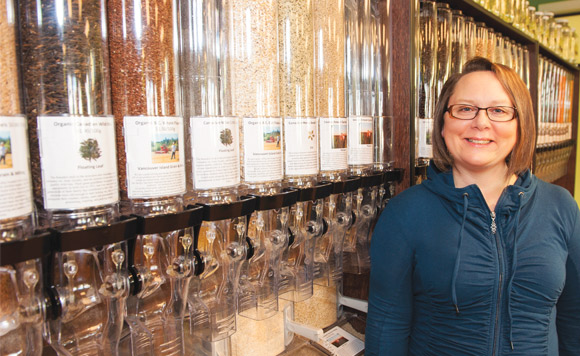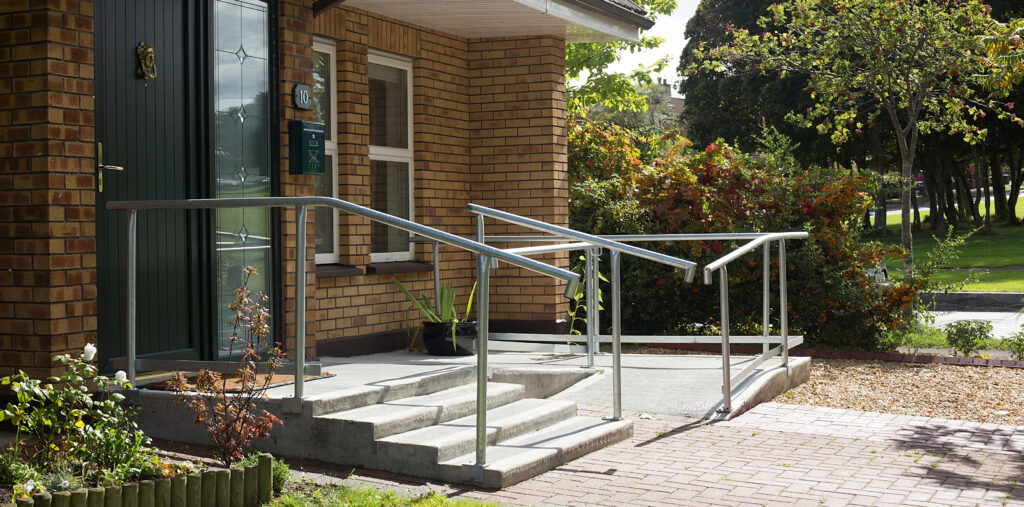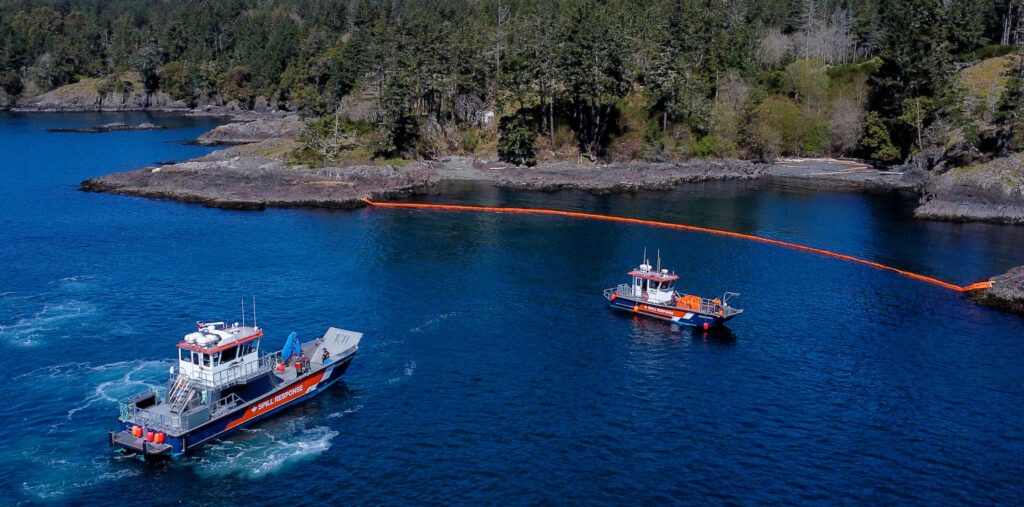Forget Whole Foods. In June 2016, on Salt Spring Island, you opened Canada’s first permanent zero-waste grocery store; Germany was just before you, creating Original Unverpackt (Original Unpackaged). By achieving zero waste, it’s not only about reducing consumption but extends to the design of products and the industrial processes which allow for components to be dismantled, repaired, reused and recycled. What prompted this inspirational business and how far behind are we in relation to our European counterparts?
I started this business because I saw a documentary about single use plastic polluting our oceans. I spend as much time as I can on or near the ocean and it just broke my heart. During my research phase I found cradle to cradle design, which sees resources returned to the earth in the same condition that they were taken from it. So if you use paper, compost it. Plastics do not follow this design, as we cannot turn them back into the oil and chemicals they were made from. It just all seemed so simple. By introducing this business model I hope to encourage manufacturers to adopt cradle to cradle design in their grocery packaging. If consumers create the demand, manufacturers will have to change their practices. I think Europe is less affected by American marketing, and therefore never changed to plastic packaging on the scale that we have. They also retained a culture of local manufacturing, which is key to reducing food miles. They are way ahead of us, and I think that’s a good thing because we have an excellent example to emulate. I’m looking to change the world, and I’m not alone.
What kind of shopping experience can one expect in visiting your store, Green Zero Waste Grocery? And how should we prepare?
Green is really neat because it’s an open concept store – no tall shelving aisles and full of light from huge windows. But I think the biggest difference shoppers notice is that without packaging, the products can’t entice you to buy them with flashy marketing; they need to get by on their own merits. Each product has a photo of the person who grew or manufactured it, and a story about their company. Buying groceries is much more personal when you can see who has made the food for you. We’ve become disconnected from our food supply and one of my goals is to end that craziness. To prepare to shop at our store just bring your grocery list and some mason jars. It’s not as complicated as you might think. If you bring five jars and want to purchase six things, we have compostable paper bags so you can get your additional item. I find that labelling my jars at home really helps. When they are empty, I clean them and pop them into my reusable shopping bag in the car. When it’s time to go shopping my jars and reusable bag are ready to go.
How does pricing compare to traditional grocery stores?
When I was making my business plan, I knew that if zero waste groceries were only for the wealthy, I’d never accomplish my goal of revolutionizing the grocery industry. Zero waste needs to be for everyone or it will never work. For that reason, I work hard every day to ensure our prices are comparable to those in a traditional grocery store. This is probably the hardest part: finding a balance between local and affordable when choosing a new product for the store.
What is the most creative way that a product for sale at your store has been delivered?
We have a locally made hand balm that is presented in compostable mini muffin wrappers. You just pop it out of the wrapper and into your own container.
I understand that your worm colony helps process about 500 grams of vegetable and paper scraps daily. In what other ways will you be minimizing waste at your store?
It really starts with our suppliers. We ask them to send products in the most sustainable way possible. Cardboard boxes are reused and repurposed, sometimes in permaculture farming on Saltspring. Any plastic that we do get is reused before it is recycled. We also offer a variety of items to crafters and artists, like glass yogurt jars that our customers return to the store.
It seems that so many of our products sold locally do not originate in Canada. How many locally made and produced products do you stock, and what variety can we find?
Everything in our store is grown or manufactured in Canada, so for that reason there are things you won’t find here. Pepper, for instance. We have a list of products we can’t get, and are always chatting with farmers trying to get them to grow them for us in the next season. We have such a great climate here in the Gulf Islands that I really do think you can grow just about anything. All our produce is grown on Salt Spring and we never import from off-Island. What you will find in our store is basic groceries. We have a full complement of grains, legumes, vinegar, honey, pasta, nuts, herbal tea, vegetables, fruit, and personal care items like shampoo, tooth powder and deodorant. That’s not a comprehensive list of course. I always tell people to come with their whole grocery list and be surprised at how much they can get package free.
My son is a huge LEGO fan and that means we have a lot of plastic in our household. LEGO Group recently established LEGO Sustainable Materials Centre, with the ambition of finding and implementing sustainable alternatives by 2030. But of course as with most corporate sustainable goals, the devil will be in the details. What do you make of this move and what can we take from this?
I think the LEGO Group will set the standard for new bioplastics manufacturing, and I’m very excited about what that means for the future of our planet. The manufacturing sector is like lemmings: once one company makes a move towards a new trend, they will all follow suit. When the marketing departments of large companies see a shift in consumers wanting sustainable packaging, the change will happen very fast. The great thing is that we as consumers have the power to dictate the quality and speed of this change. Every grocery purchase you make sends a signal to manufacturers about how important local, sustainably packaged products are to you.
Photo by www.nuttycake.com.




